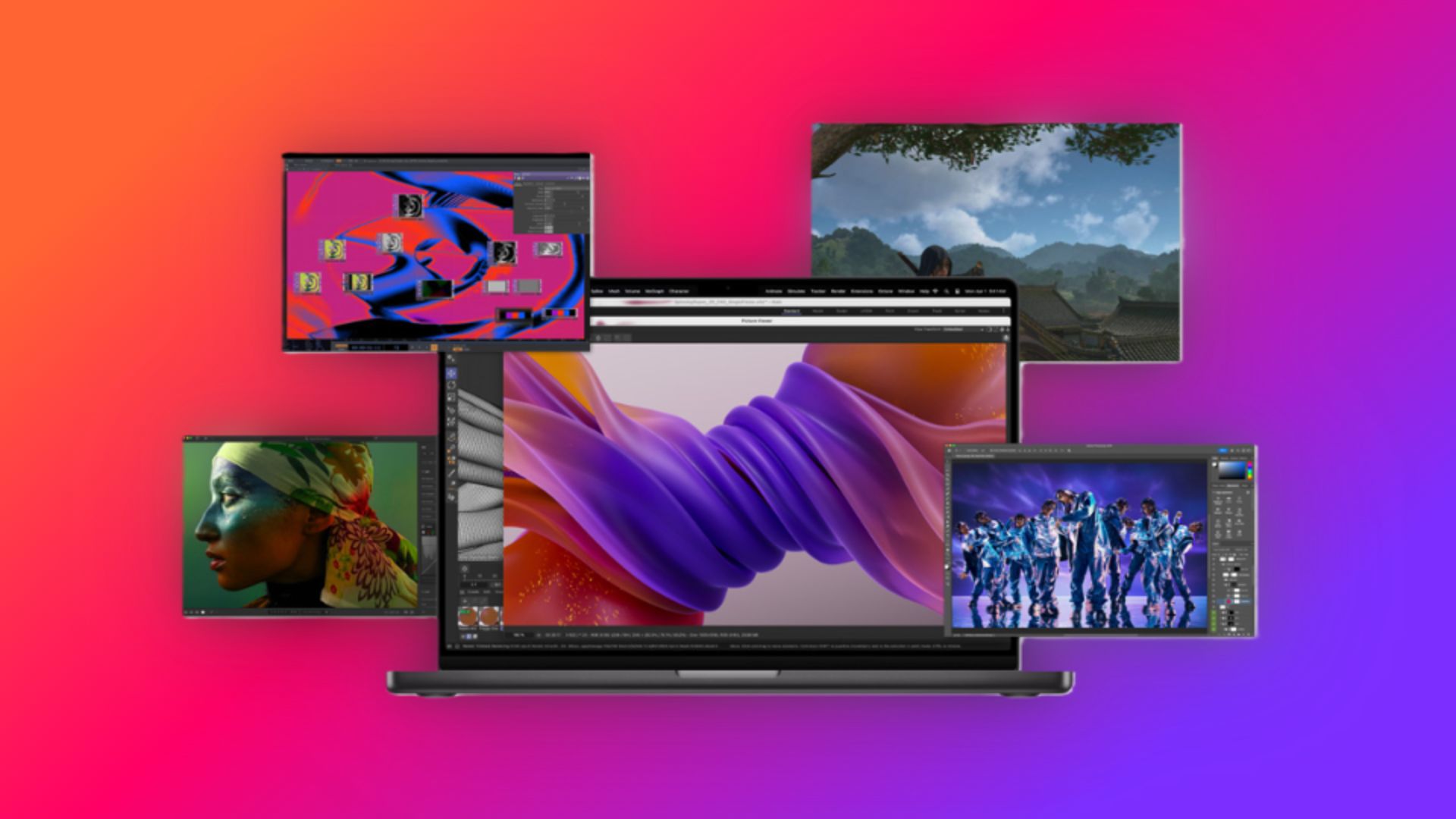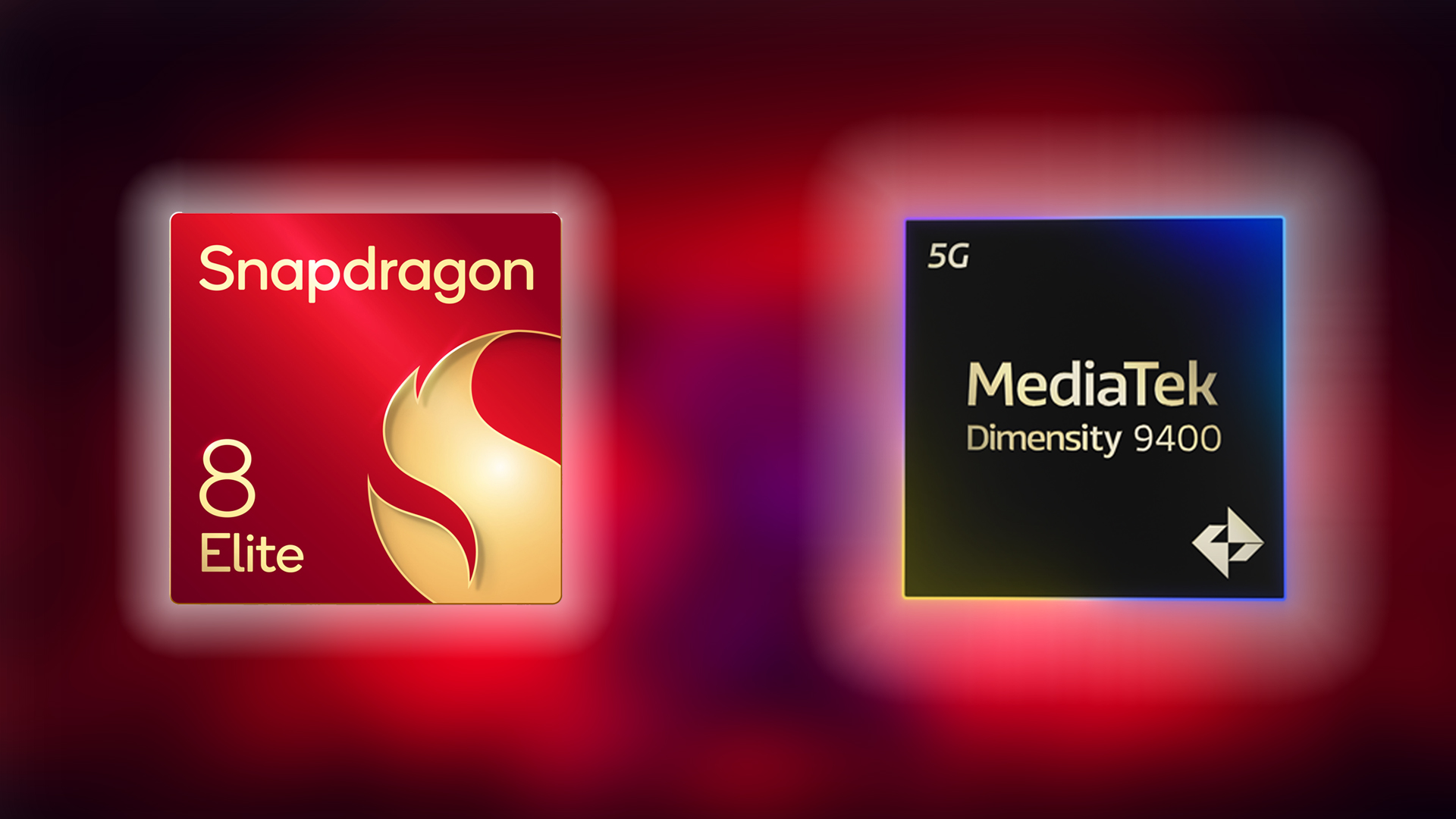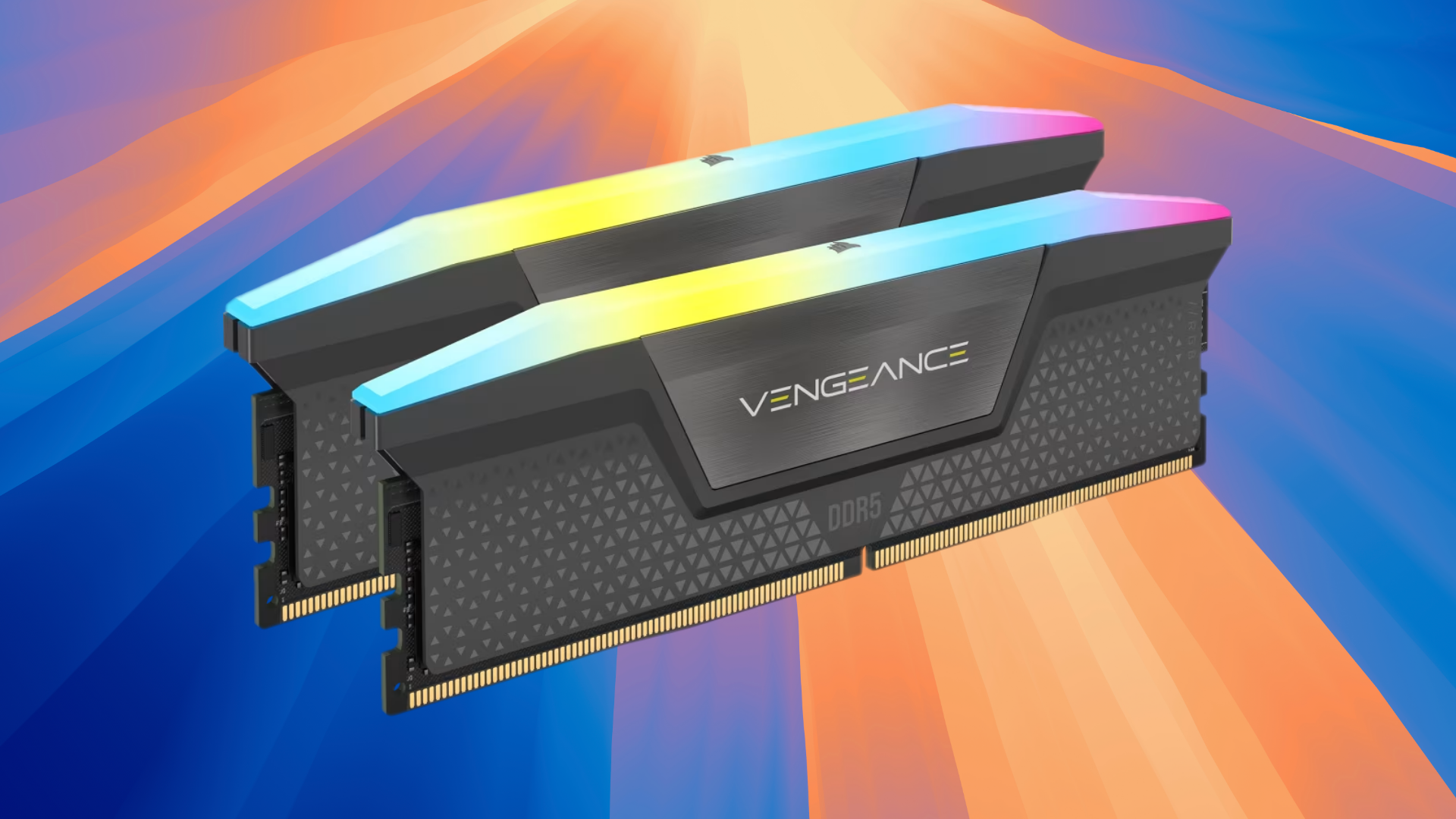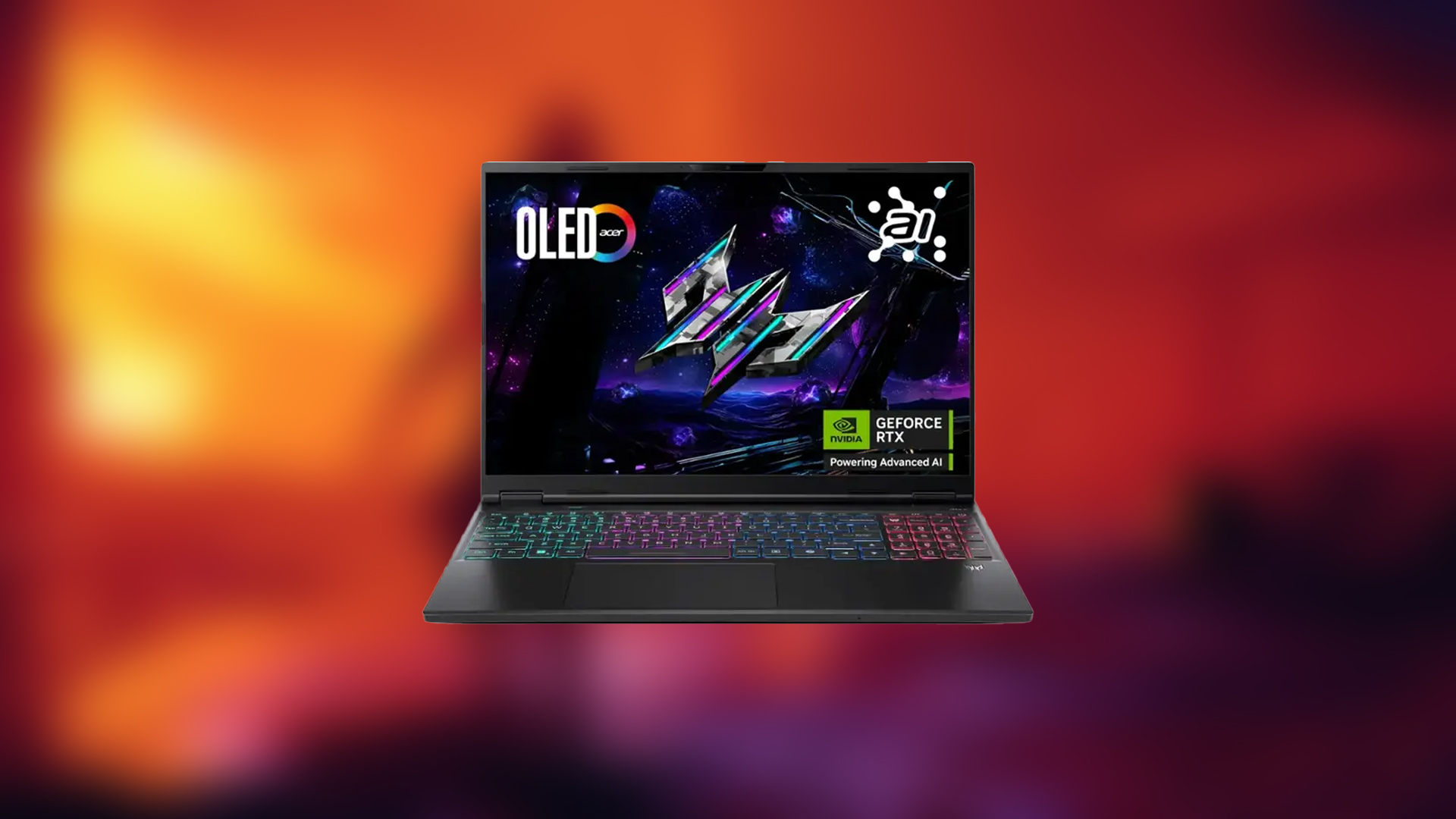ARM processors offer incredible computing power with cooler temps, better battery life, and portability—but is it time to ditch x86?

X86 desktop computing performance is facing diminishing returns. CPU innovation over the past few years has slowed, with a few exciting leaps in desktop performance. If you’re a gamer, monumental performance jumps like those in the 2000s are no longer found today.
Apple realized this long back when it ditched Intel for its silicon, which is ARM-based and follows the RISC approach. Apple has achieved incredible efficiency in the process, and its devices operate at a fraction of the power. Considering all this, should you make the switch?
ARM’s Growing Performance Edge

ARM processors deliver incredible performance at very low power usage. Just look at your smartphone’s performance; although it’s not apples to apples, you will get the idea. One easy way to compare performance with a desktop is to render a video in either H.265 or H.264 format on your phone and your desktop or laptop; the time taken by both will paint a picture of how close the ARM is to x86.
Another example is that servers now prefer ARM processors in many use cases over x86 simply because they offer enough performance and use just a fraction of the power.
The Software Compatibility Challenge
ARM’s biggest hurdle, even as of today, is software compatibility. Windows 11 natively supports ARM processors with its ARM build. However, it can run .exe files with emulation, which suffers from a performance hit. Gaming, in particular, suffers the most due to emulation.
There are native software programs designed to run on ARM, but the choices are limited. Apple solved this, as apps built for macOS had to be ARM compatible since that’s the platform’s only available choice. On Windows, x86 is still the number 1 preference.
Real-World Performance Benefits
Despite the platform-related challenges, ARM processors excel in many vital areas, such as:
- They provide a consistent battery life, with devices like the Surface Pro X at around 6-8 hours of SOT (Screen On Time), regardless of workload intensity.
- They run significantly cooler than their x86 counterparts. Take Apple devices, for example. The MacBook Air doesn’t even have a fan, just a metal body dissipating heat.
- They are incredibly power-efficient. A MacBook can edit and export 4K videos on battery, whereas a desktop needs approximately 300W+ from the wall.
Should You Switch Now?
The answer is yes. If you don’t game on your system but do video editing or office work and are looking for the best battery life, Apple devices currently have no competition. The answer shifts if you wish to play games and enjoy Windows; specifically, x86 is your option. For Linux, ARM is also an option, but Apple’s software holds an edge. For gaming, Linux and Windows are neck and neck, and both have equal wins and tradeoffs.
We provide the latest news and “How To’s” for Tech content. Meanwhile, you can check out the following articles related to PC GPUs, CPU and GPU comparisons, mobile phones, and more:
- 5 Best Air Coolers for CPUs in 2025
- ASUS TUF Gaming F16 Release Date, Specifications, Price, and More
- iPhone 16e vs iPhone SE (3rd Gen): Which One To Buy in 2025?
- Powerbeats Pro 2 vs AirPods Pro 2: Which One To Get in 2025
- RTX 5070 Ti vs. RTX 4070 Super: Specs, Price and More Compared
- Windows 11: How To Disable Lock Screen Widgets
 Reddit
Reddit
 Email
Email


